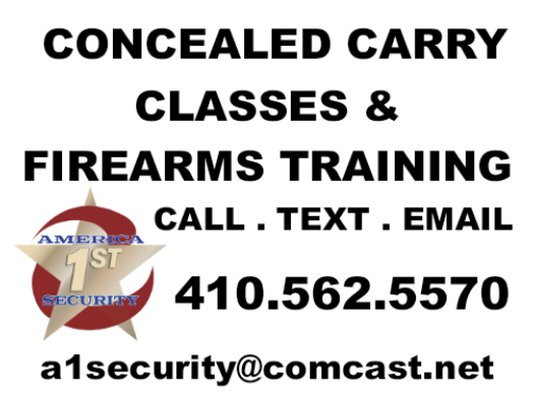lessons learned
Funny you mention that FC is good brass. Which I'm not saying its not.
After all im just a noob to this reloading game. But I had one hell of a time
keeping the plated xtreme bullets from setting back. I Messed with my dies till my fingers bled, and I still was having setback issues.
I was totally stumped, because as a test I would make a dummy with my 147 hard cast and those would not set back.
I would also use rp or win with the xtreme,no set back with them either.
Problem was I had already primed 100 cases of fc so I wanted to use them.
My thinking is that fc is thinner, and the xtreme are .355 (the lead are .356 so I think that's why they held fine)
so it was leading to my set back. I got it to where it set back less than .005, then I set my oal higher than my original 1.100
to compensate for any possible setback during 2 chambering.
Lessons learned:
1: Try to be more precise and notice that fc and .fc. are not necessarily the same
2: Save my fc brass for lead loads
3: I have gorrilla hands and overthink everything.
4: 9mm is finicky
5: hs6 meters excellent
6: Reloading is addictive
Federal has good brass BTW. I find I have less deformation with them than WWB brass.
Funny you mention that FC is good brass. Which I'm not saying its not.
After all im just a noob to this reloading game. But I had one hell of a time
keeping the plated xtreme bullets from setting back. I Messed with my dies till my fingers bled, and I still was having setback issues.
I was totally stumped, because as a test I would make a dummy with my 147 hard cast and those would not set back.
I would also use rp or win with the xtreme,no set back with them either.
Problem was I had already primed 100 cases of fc so I wanted to use them.
My thinking is that fc is thinner, and the xtreme are .355 (the lead are .356 so I think that's why they held fine)
so it was leading to my set back. I got it to where it set back less than .005, then I set my oal higher than my original 1.100
to compensate for any possible setback during 2 chambering.
Lessons learned:
1: Try to be more precise and notice that fc and .fc. are not necessarily the same
2: Save my fc brass for lead loads
3: I have gorrilla hands and overthink everything.
4: 9mm is finicky
5: hs6 meters excellent
6: Reloading is addictive


